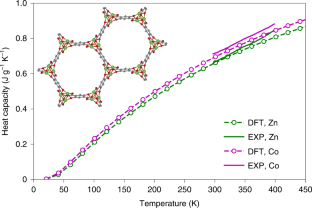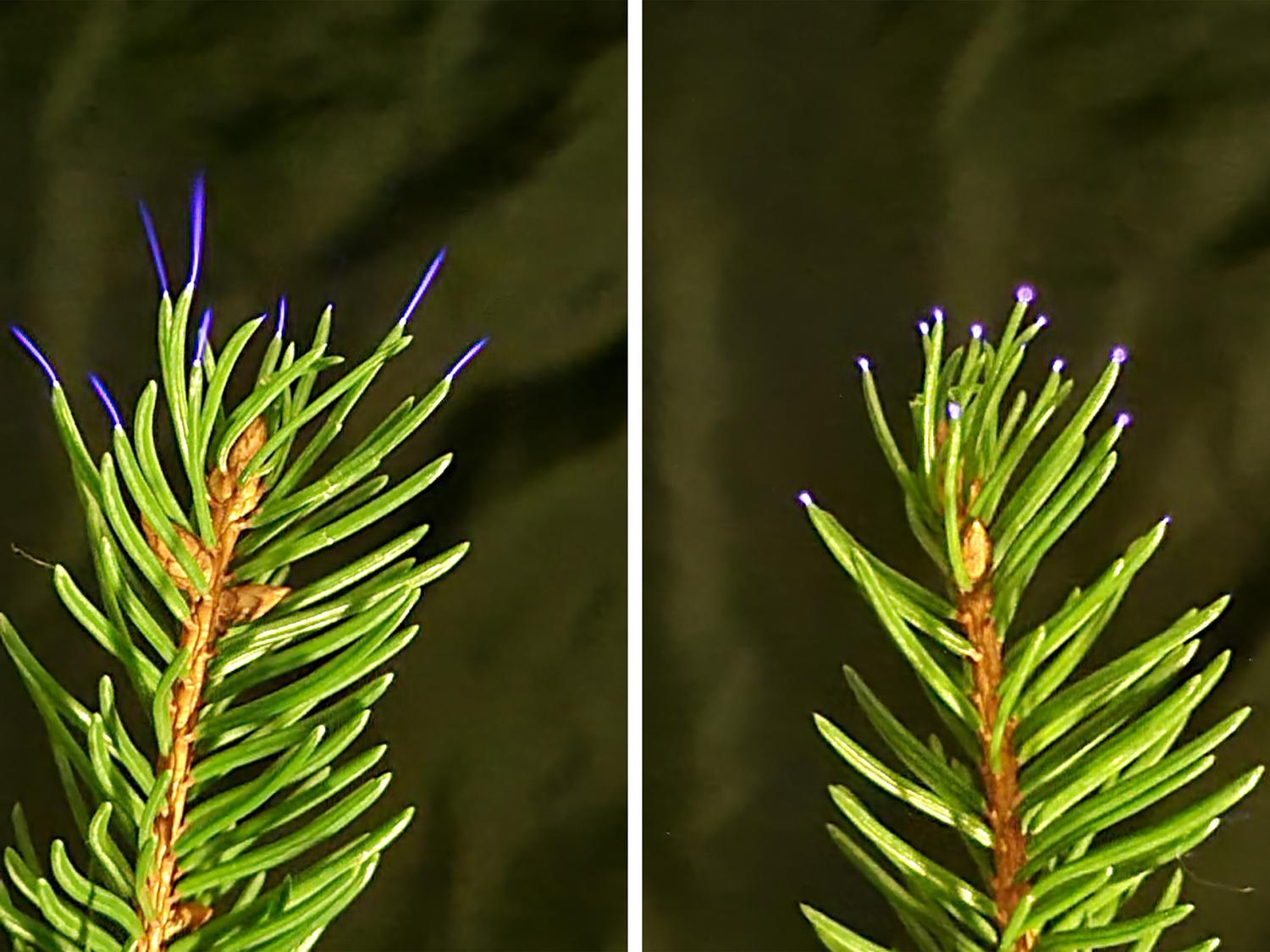- 西側で山火事が起きると、その熱と空気中の粒子によって、中央の州に強い雨と大きなあられが降る。 When wildfires burn in the west, their heat and airborne particles inflict stronger rain and larger hail upon central states
西側で山火事が起きると、その熱と空気中の粒子によって、中央の州に強い雨と大きなあられが降る。 When wildfires burn in the west, their heat and airborne particles inflict stronger rain and larger hail upon central states
2022-10-18 アメリカ・パシフィック・ノースウェスト国立研究所(PNNL)
通常、米国中央部の山火事と暴風雨は季節によって分けられるが、毎年、山火事の発生時期が早まるにつれて、この2つの現象は同時に発生するようになった。
研究チームは、嵐の雹や雨量、火災や噴煙のデータを使って、この関連性の背後にある可能性のあるメカニズムを探った。また、熱と煙の粒子を追跡する気象モデルを用いて、火災が遠隔地から天候にどのような影響を与えるかを探った。
米国の多くの地域で森林火災が増加すると予想されている。これは、森林火災から発生するエアロゾルが地球の大気中に放出され、科学者が解明を進めている方法で気候に影響を与えることを意味する。山火事によって激しい嵐が発生しやすくなることに加え、温暖化した気候は厳しい天候、特にひょうを降らせる嵐に直接どのような影響を及ぼすのだろうか。
別の研究で、気候変動が米国中央部の雹嵐をどのように変化させるかを調べた。研究者は、気候変動に敏感で、大きな雹がより頻繁に発生する嵐もあれば、同じように敏感ではない嵐もあることを突き止めた。
<関連情報>
- https://www.pnnl.gov/news-media/western-wildfires-spark-stronger-storms-downwind-states
- https://www.pnas.org/doi/full/10.1073/pnas.2207329119
- https://agupubs.onlinelibrary.wiley.com/doi/10.1029/2022EF002768
米国西部で発生した山火事が、米国中部の気象災害に与えた特筆すべき影響 Notable impact of wildfires in the western United States on weather hazards in the central United States
Yuwei Zhang, Jiwen Fan, Manish Shrivastava,Cameron R. Homeyer, Yuan Wang and John H. Seinfeld
Proceedings of the National Academy of Sciences Published:October 17, 2022
DOI:https://doi.org/10.1073/pnas.2207329119

Significance
Wildfires have intensified in both frequency and burned areas in recent decades in the United States and constitute a significant threat to life and property. Sensible heat and aerosols produced by wildfires may affect severe storms and weather hazards downstream. Here, we show that wildfires in the western United States can lead to more severe hazardous weather in the central United States, notably increasing occurrences of heavy precipitation rates and large hail. Both heat and aerosols from wildfires play an important role. As wildfires are projected to be more severe in a warmer climate, the influence of wildfires on severe weather in downstream regions may become increasingly important.
Abstract
Increased wildfire events constitute a significant threat to life and property in the United States. Wildfire impact on severe storms and weather hazards is another pathway that threatens society, and our understanding of which is very limited. Here, we use unique modeling developments to explore the effects of wildfires in the western US (mainly California and Oregon) on precipitation and hail in the central US. We find that the western US wildfires notably increase the occurrences of heavy precipitation rates by 38% and significant severe hail (≥2 in.) by 34% in the central United States. Both heat and aerosols from wildfires play an important role. By enhancing surface high pressure and increasing westerly and southwesterly winds, wildfires in the western United States produce (1) stronger moisture and aerosol transport to the central United States and (2) larger wind shear and storm-relative helicity in the central United States. Both the meteorological environment more conducive to severe convective storms and increased aerosols contribute to the enhancements of heavy precipitation rates and large hail. Moreover, the local wildfires in the central US also enhance the severity of storms, but their impact is notably smaller than the impact of remote wildfires in California and Oregon because of the lessened severity of the local wildfires. As wildfires are projected to be more frequent and severe in a warmer climate, the influence of wildfires on severe weather in downwind regions may become increasingly important.
人為的気候変動に対する雹の対照的な反応を異なるシノプシス気象系で示す Contrasting Responses of Hailstorms to Anthropogenic Climate Change in Different Synoptic Weather Systems
Jiwen Fan,Yuwei Zhang,Jingyu Wang,Jong-Hoon Jeong,Xiaodong Chen,Shixuan Zhang,Yun Lin,Zhe Feng,Rebecca Adams-Selin
Earth’s Future Published: 13 July 2022
DOI;https://doi.org/10.1029/2022EF002768

Abstract
Hailstones and extreme precipitation generate substantial economic losses across the United States (US) and the globe. Their strong association with short-lived, intense convective storms poses a great challenge in predicting their future changes. Here, we conducted model simulations at 1.2 km grid spacing for severe convective storms with large hail and heavy precipitation that occurred in two typical types of synoptic-scale environments in spring seasons over the central US under both current and future climate conditions. We find that the responses of large hail (diameters >2.5 cm) to anthropogenic climate change (ACC) are markedly different between the hailstorms developed in the two types of synoptic-scale environments, with over 110% increase in large hail occurrences for the frontal systems, whereas less than 30% increase for the Great Plains low-level jet (GPLLJ) systems. This is explained by the larger increase in convective intensity and updraft width and a smaller increase in warm cloud depth in the frontal storms compared with the GPLLJ storms. Interestingly, the occurrences and intensity of heavy precipitation (rain rate >20 mm hr−1) in both types of systems are similarly sensitive to ACC (e.g., 40% and 33% increases in the occurrences for the frontal and GPLLJ systems, respectively). These results advance our knowledge of hail projection and have important implications for managing risks for future hail.
Key Points
- Synoptic-scale environments regulate the response of hail to anthropogenic climate change (ACC)
- The occurrence of large hail is sensitive to ACC in the frontal storms while they are not in the GPLLJ storms
- An enhanced trough and a small increase in warm cloud depth in the future climate explain the large impact on frontal storms
Plain Language Summary
Severe convective storms (SCSs) and associated weather hazards have caused significant property damage and economic losses worldwide. In a warming climate, how storms that presently produce hazardous weather will change and how anthropogenic warming will affect particular hazard types (e.g., hail) remain highly uncertain. Through high-resolution (1.2-km grid spacing) simulations of hailstorms in spring over the central United States for both current and future climate, we show that the hailstorms developed in the two typical types of synoptic environments have a contrasting response to climate warming. The hailstorms developed in the frontal environment are sensitive to future warming and produce much more occurrences of large hail, whereas those developed in the GPLLJ environment are not sensitive to climate warming. This study presents an important concept to study and understand the impacts of climate warming on hailstorms based on the synoptic weather systems for a specific region.



